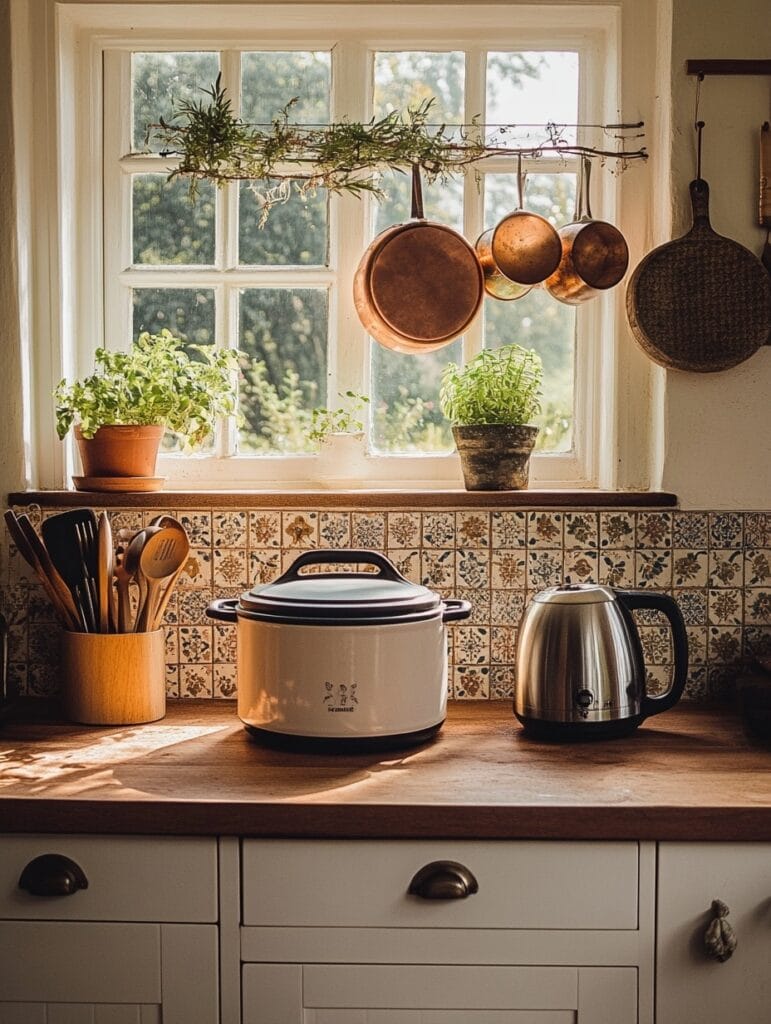
Crockpot and slow cooker—two names that echo comfort in my kitchen. I’m Olivia Barnes, and from my cozy Cotswolds cottage where meals simmer as the garden hums, these two have been my quiet allies. Years ago, juggling toddlers and tea towels, I learned the magic of tossing ingredients into a pot and letting time do the work. But I soon realized they weren’t quite the same. That discovery changed how I cook everything from beef stew to bone broth. In this guide, I’ll walk you through how each works, their key differences, and which one deserves a spot on your counter.
Understanding Crockpot and Slow Cooker Basics
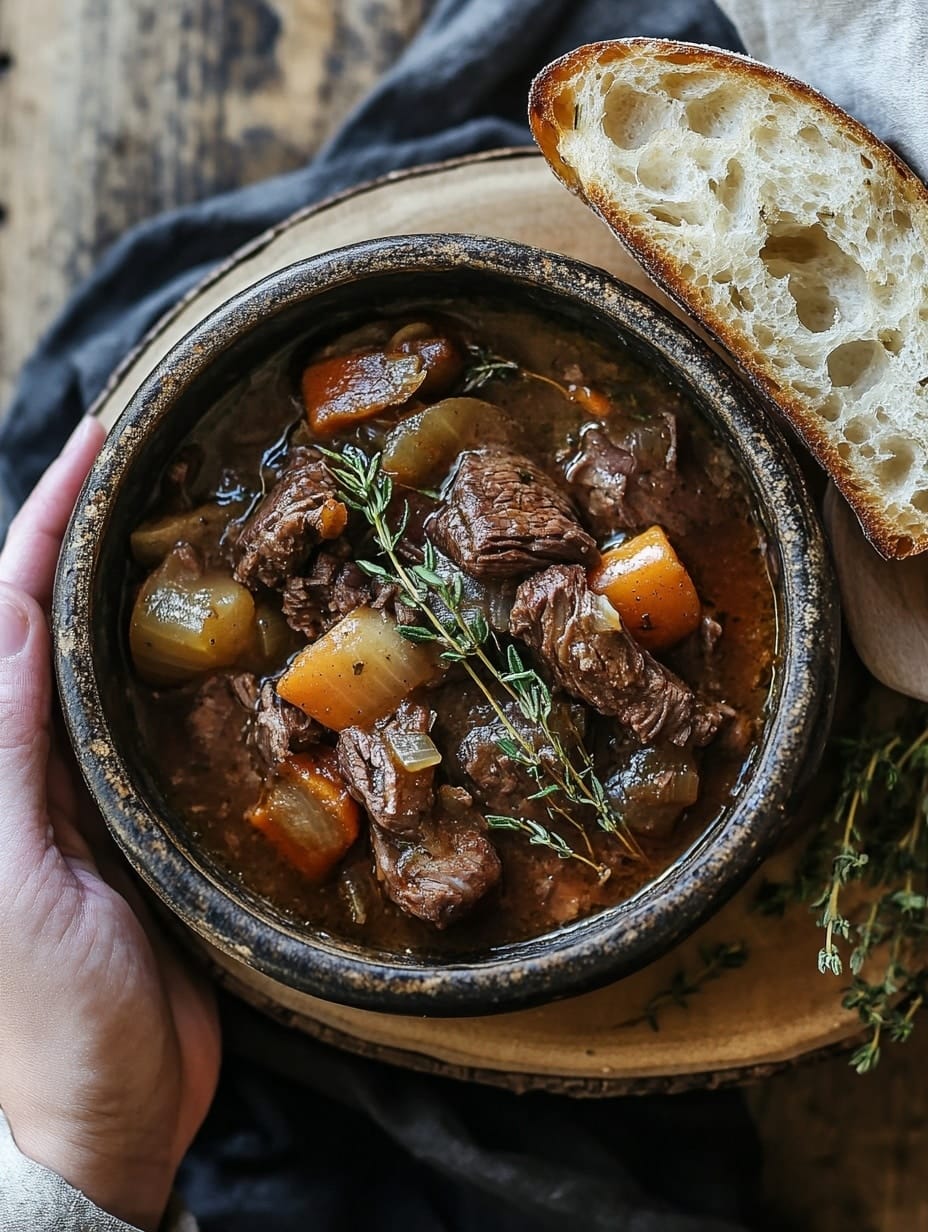
Crockpot and Slow Cooker: What’s the Real Difference and Which One Should You Use?
Ingredients
Method
- 1. Season the beef roast generously with salt and pepper.
- 2. Heat olive oil in a pan, sear the roast on all sides until browned.
- 3. Transfer the roast to your crockpot or slow cooker.
- 4. Add chopped onion, garlic, carrots, and celery on top of the beef.
- 5. In a small bowl, mix beef broth with tomato paste, thyme, and rosemary. Pour over the meat and vegetables.
- 6. Cover and cook on LOW for 8–9 hours or HIGH for 4–5 hours, until beef is fork-tender.
- 7. Remove beef and let rest before slicing. Serve with vegetables and pan juices.
Nutrition
Notes
Tried this recipe?
Let us know how it was!Table of Contents
How They Came to Be
The crockpot and slow cooker seem alike, but there’s history between them. A crockpot is actually a brand from the ’70s, designed with a ceramic insert that heats from the sides. Slow cooker is the general term—many models heat from the bottom. It matters more than you’d think.
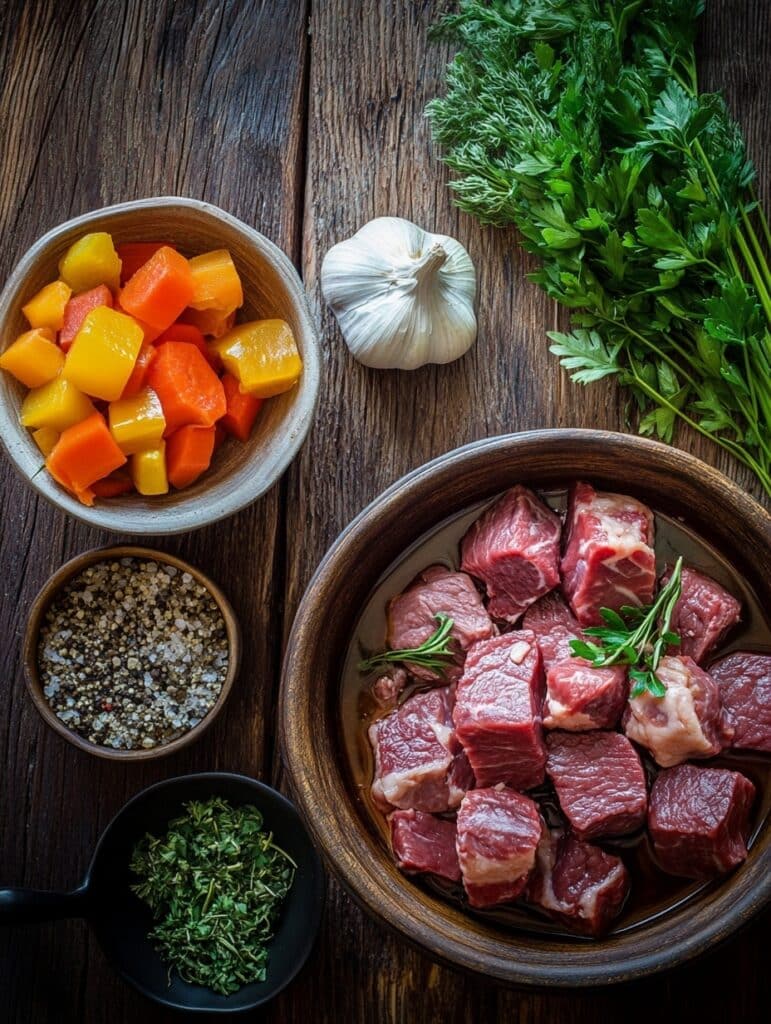
What Sets Them Apart in Daily Cooking
Crockpots cook more evenly—perfect for broths and stews. I use mine often for bone broth in a slow cooker, but honestly, the crockpot gives me more consistent results. Meanwhile, digital slow cookers offer bells and whistles for those who like precise control. I still lean on the crockpot when I want foolproof, no-fuss cooking, like the kind I share in our comforting beef dishes or slow-cooked favorites.
How Each Handles Different Foods
The real test of a crockpot and slow cooker is in what lands on the plate. Crockpots, with their wraparound heat, shine when I’m making tougher cuts like chuck roast or beef shin. The even cooking means less babysitting and more time with the kids or tending to the herb bed just outside my kitchen window. My slow cooker works well too, especially for soups and curries, but I’ve noticed hot spots if I’m not careful—particularly when cooking beef in slow cooker recipes that call for hours of simmering.
Whether I’m making bone broth or spicy pulled beef, I find that both the crockpot and slow cooker handle the job—just differently. One gently cradles the food, the other cooks a bit more assertively. That’s why I like to match the appliance to the recipe.
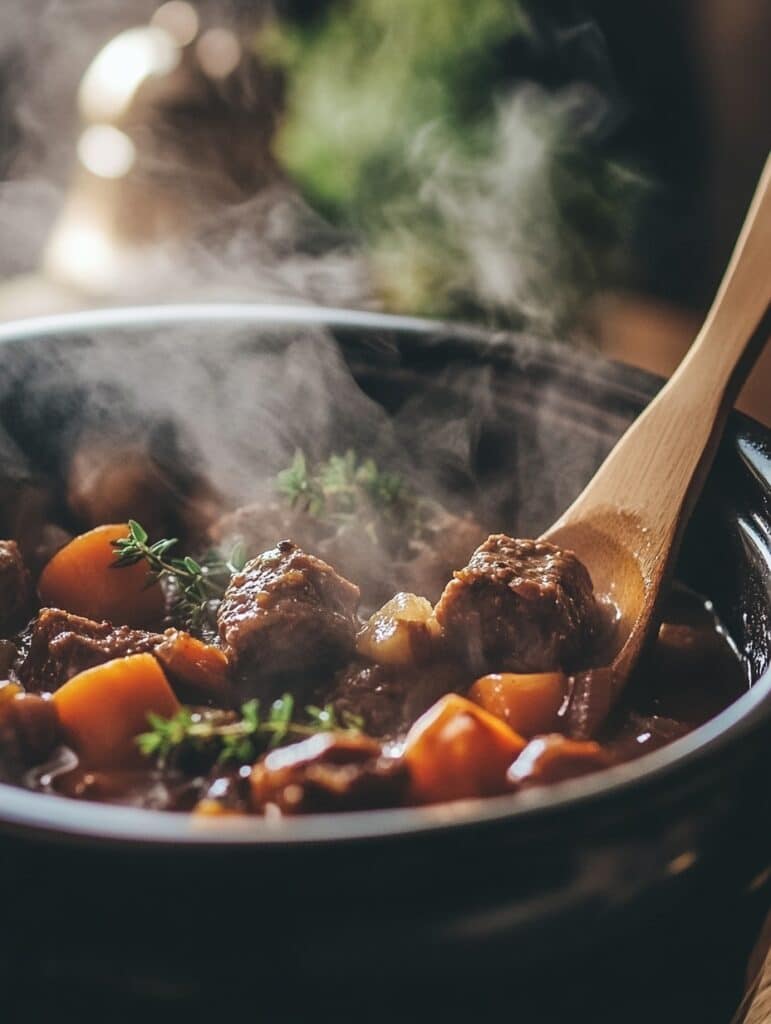
Heat Consistency and Cooking Time
One major difference in the crockpot and slow cooker debate is how they handle heat over long periods. A crockpot keeps a steady, even temperature—perfect for long, unattended cooking. Slow cookers often cycle heat more aggressively, which can lead to uneven results if you’re not stirring. That might not matter much for a simple lentil soup, but when I’m making pot roast in the slow cooker, I want steady heat from start to finish.
When deciding between a crockpot and slow cooker, think about how you cook most often. Do you need hands-off, slow perfection or programmable precision? Either way, both shine when your day is full and you need dinner to take care of itself. For a weeknight classic, try my no-fuss pot roast recipe, or browse other slow-cooked beef favorites that never miss.
Practical Uses in Home Cooking
Choosing Based on the Dish
When it comes to choosing between a crockpot and slow cooker, I always start by thinking about the dish. If I’m making pulled pork, lamb shanks, or anything that needs slow, even heat to break down the connective tissue, I reach for my crockpot. Its ceramic insert and steady heat are just right for those long, flavour-building recipes. For something like bone broth in a slow cooker, I still prefer the crockpot because it simmers so gently, coaxing every bit of nourishment out of the bones.
My slow cooker is a workhorse too—especially for midweek meals. If I know I’ll be out all day, I set the timer on my digital model, and it’s lovely to come home to a bubbling curry or vegetable stew. These days, I often use it for simpler things like chicken cacciatore or a big batch of applesauce. You’ll find some of those slow and easy meals on my slow cooker recipes page, and if you fancy something meaty, the beef recipes section is full of tried-and-true favorites.
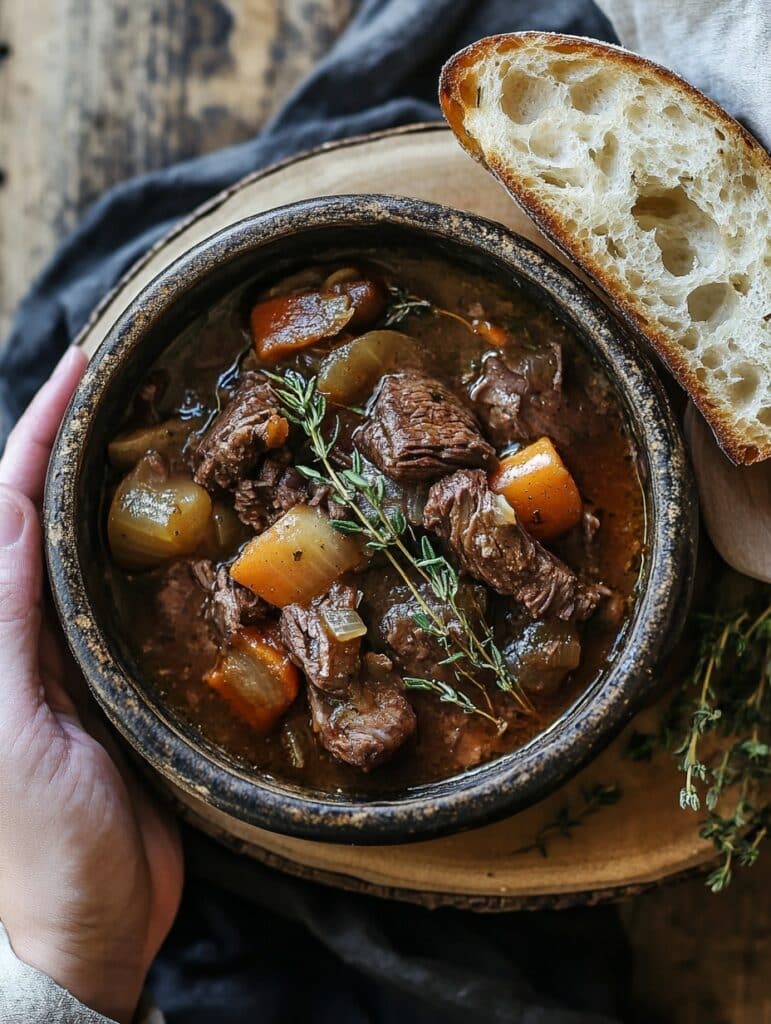
Meal Planning and Batch Cooking
Using a crockpot and slow cooker has completely changed the way I plan meals. I do a big cook-up every Sunday afternoon—chili, soups, stews—and freeze portions for those whirlwind weeks when time slips through your fingers. Crockpots are best when I want to set it and ignore it for hours; slow cookers give me more control when I need to plan around appointments, school runs, or late dinners.
They’re both brilliant for batch cooking, and neither takes much energy to run, which helps stretch the budget. I share lots of meal planning tips over on the prep-ahead meals page, and I always say—just one pot and a few hours can give you dinners for days.
Whether you’re using a crockpot and slow cooker for simplicity, flavor, or flexibility, both are reliable companions in any home kitchen.
Which One Should You Choose and Why?
Picking What Fits Your Kitchen Life
Choosing between a crockpot and slow cooker doesn’t need to feel complicated. It really comes down to how you cook—and what feels easy in your rhythm. If you love hearty, slow-simmered meals that can be left undisturbed for hours, a crockpot might be the better match. Its ceramic insert, even heat, and simple settings make it perfect for recipes like pot roast, pork shoulder, or my favorite beef stew—just like the ones you’ll find in my slow-cooked dinner collection.
On the other hand, if flexibility and features matter—like timers, digital controls, or a keep-warm function—a slow cooker gives you more control. I use mine when I want to time meals precisely or set it to start cooking while I’m out for the afternoon. You’ll find plenty of inspiration for both tools in my slow cooker favourites and family meal plans.
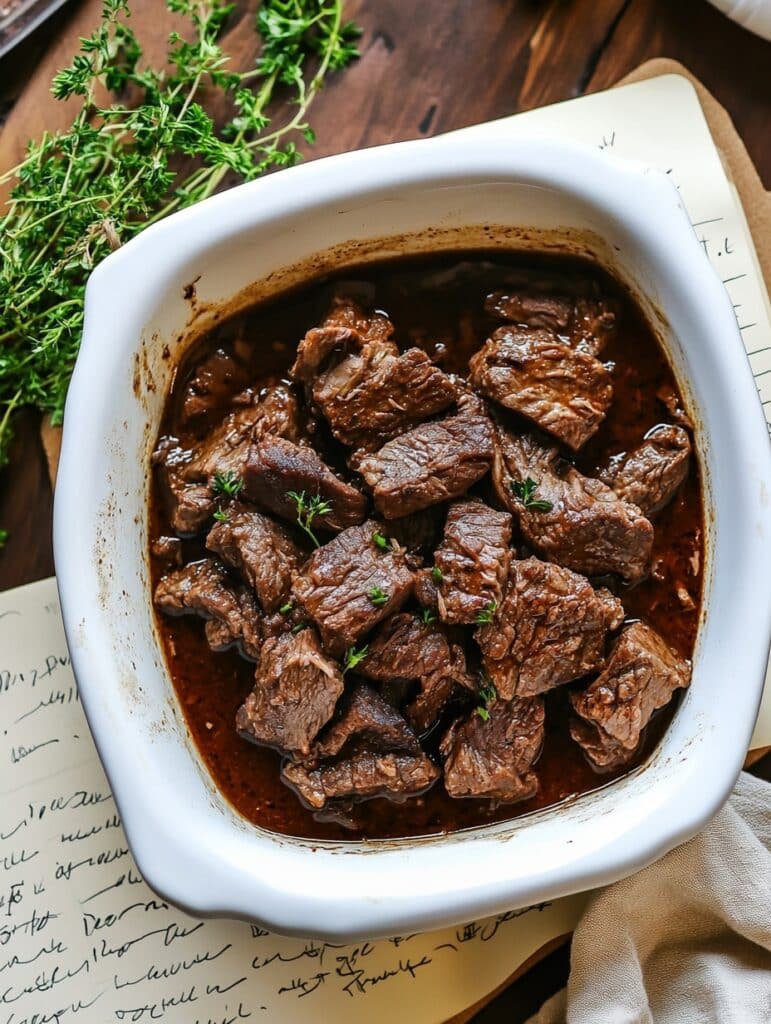
Budget, Size, and Everyday Use
Both the crockpot and slow cooker are affordable options, and you don’t need to spend a lot to get quality. A basic crockpot can cost less than a dinner out, and even programmable slow cookers are widely available without breaking the bank. Consider how many people you’re cooking for—my 6-quart model works well for a family of five, with leftovers to spare.
I often recommend starting with the one that feels less intimidating. If you’re unsure, borrow from a friend, or check what’s in your cupboard—you may already have one and not know which kind it is. Either way, once you get comfortable using it, you’ll wonder how you ever managed without it.
The best part? Whether you’re simmering chili, preparing beef cooked in slow cooker recipes, or warming dessert after Sunday lunch, both make real food possible with minimal effort—and that’s what good home cooking is all about.
For more recipes follow me in Facebook and Pinterest
Conclusion
Cooking with a crockpot and slow cooker isn’t just about saving time—it’s about creating space. Space to play with the kids, take a walk through the fields, or simply sit with a hot cup of tea while dinner takes care of itself. Over the years, I’ve learned that these quiet kitchen helpers make real, nourishing food feel possible even on the busiest days.
Whether you reach for a crockpot with its steady, wraparound warmth or choose a modern programmable slow cooker, you’re making the same choice: to cook with care, patience, and purpose. In fact, I keep both a crockpot and slow cooker in my kitchen because they suit different moods and meals.
My advice? Pick the one that feels simple. Then fill it with good ingredients, let it do its thing, and enjoy the lovely reward of a homemade meal that’s been gently waiting for you. Few appliances are as versatile and dependable as a crockpot and slow cooker when it comes to everyday home cooking.
If you’re still wondering where to begin, why not try one of my favourite slow cooker meals or a comforting beef stew that warms the whole kitchen?
Happy cooking—from my Cotswolds kitchen to yours.
Frequently Asked Questions
1. Is a crockpot the same as a slow cooker?
Not exactly. A crockpot is a branded type of slow cooker, known for its ceramic insert and even heating from the sides. Other slow cookers may heat from the bottom and use metal pots. While they serve the same purpose—cooking food low and slow—the results can differ slightly, especially in texture and heat retention.
2. Can I cook bone broth in a slow cooker?
Yes, it’s one of the best ways to make nourishing broth without babysitting a pot all day. A slow, steady simmer over 12–24 hours helps extract collagen and flavor. I’ve found that both my crockpot and slow cooker do a great job—though the ceramic insert in the crockpot holds temperature more consistently.
3. What beef cuts work best in these cookers?
Chuck roast, brisket, and short ribs are ideal. These tougher cuts become tender and juicy after hours of slow cooking. Recipes like stews and shredded beef benefit from the long, moist heat. It’s one reason I reach for my crockpot and slow cooker so often—they turn basic ingredients into something special. Even my weekday chili tastes richer when it’s made in either the crockpot or slow cooker.
4. Is pot roast better in a slow cooker than in the oven?
For most home cooks, yes. A slow cooker allows the roast to braise gently all day while you go about your business. It uses less energy than the oven and doesn’t dry out as easily. That’s why so many people trust the crockpot and slow cooker to get tender, flavorful results with minimal effort.
